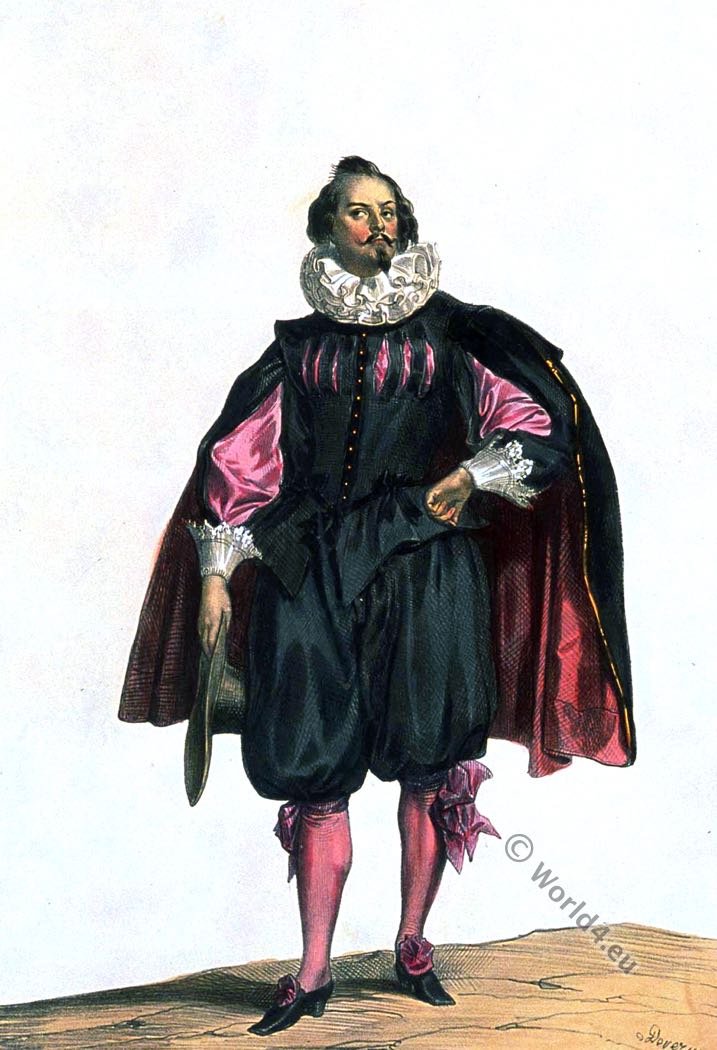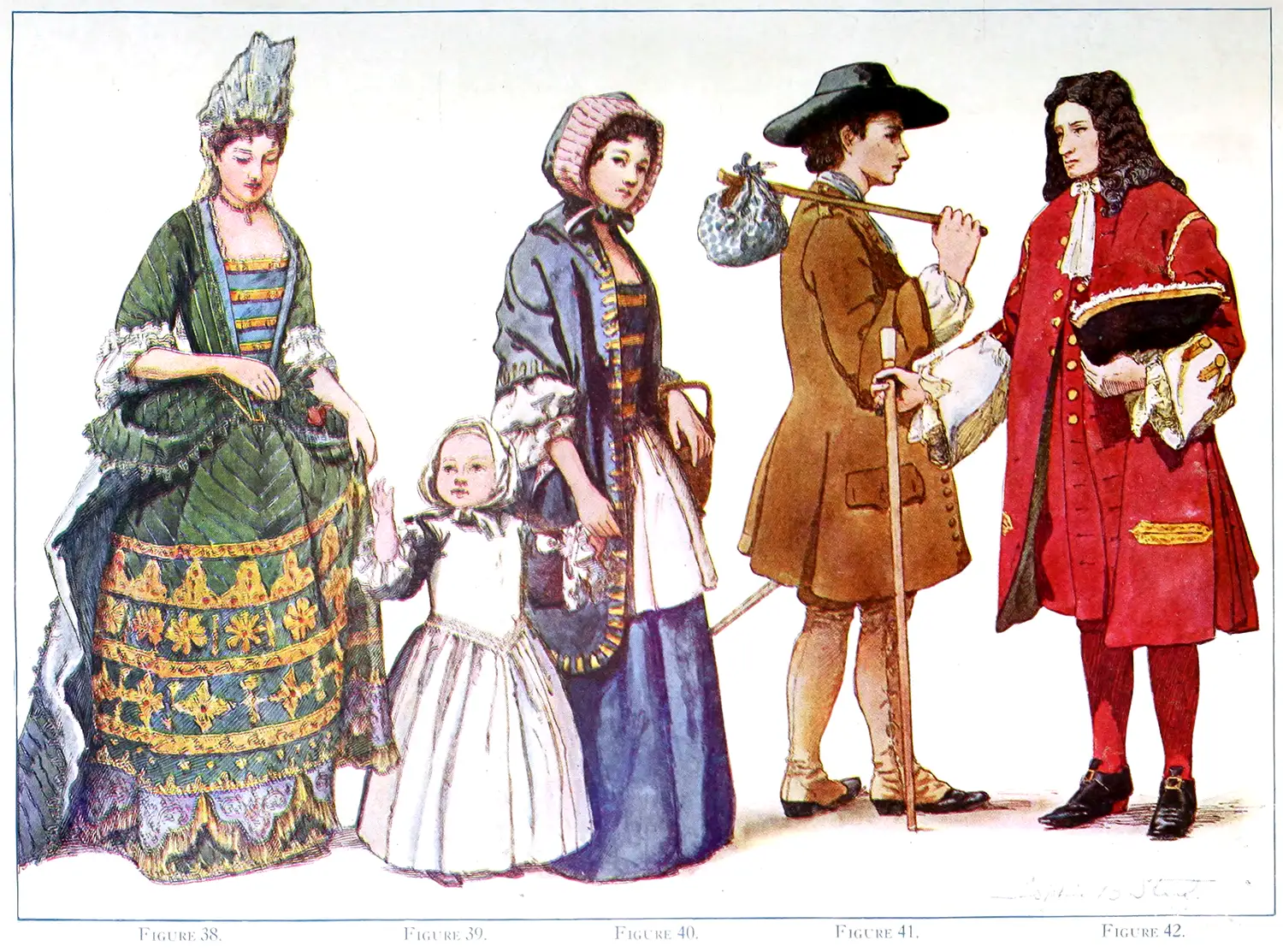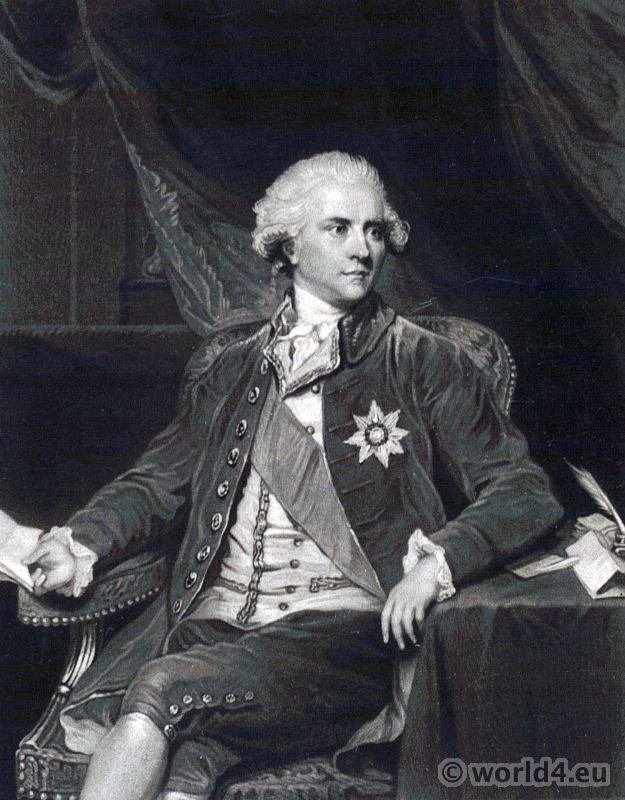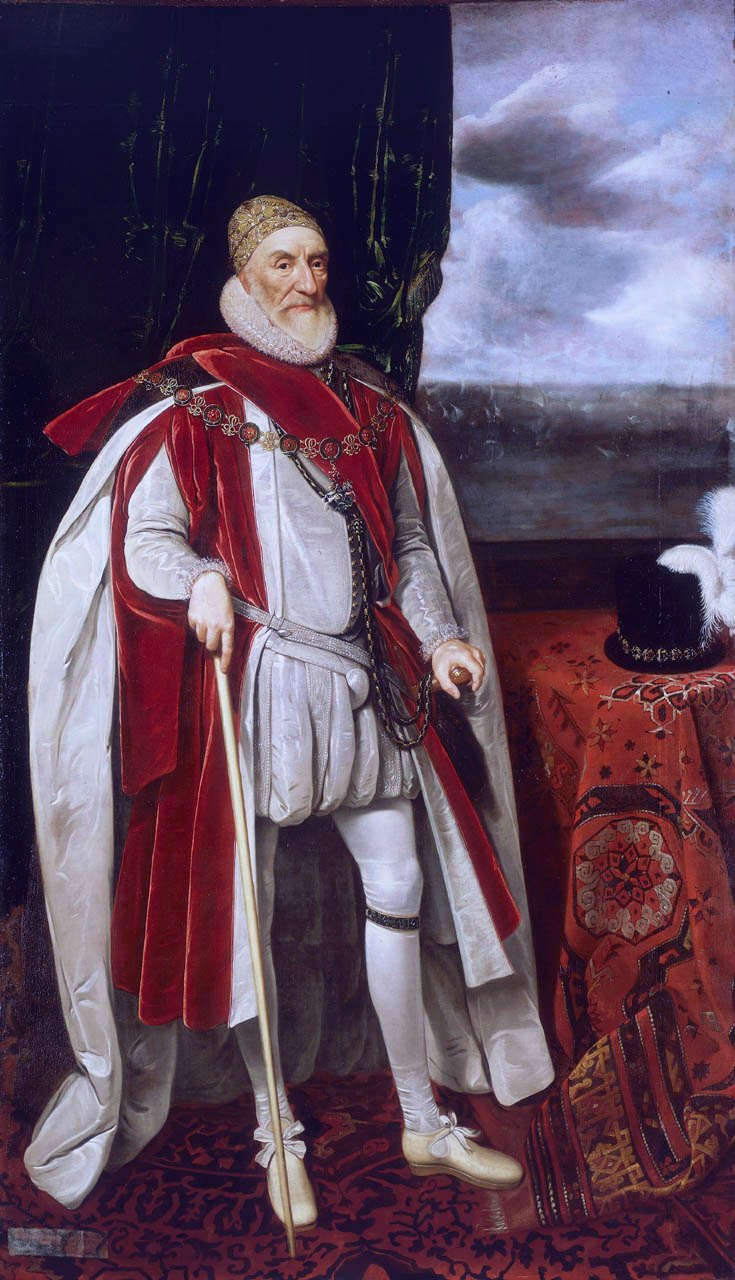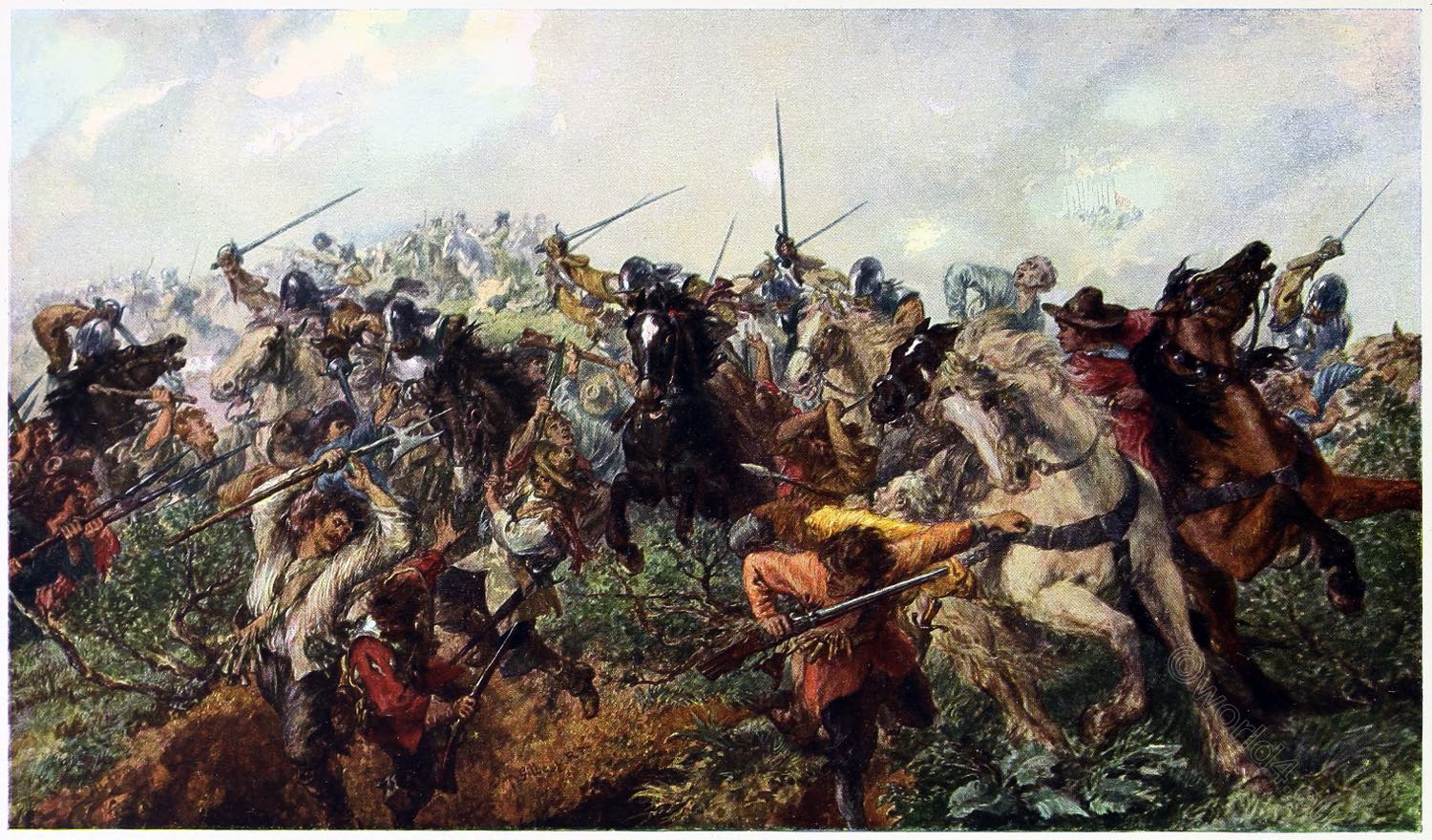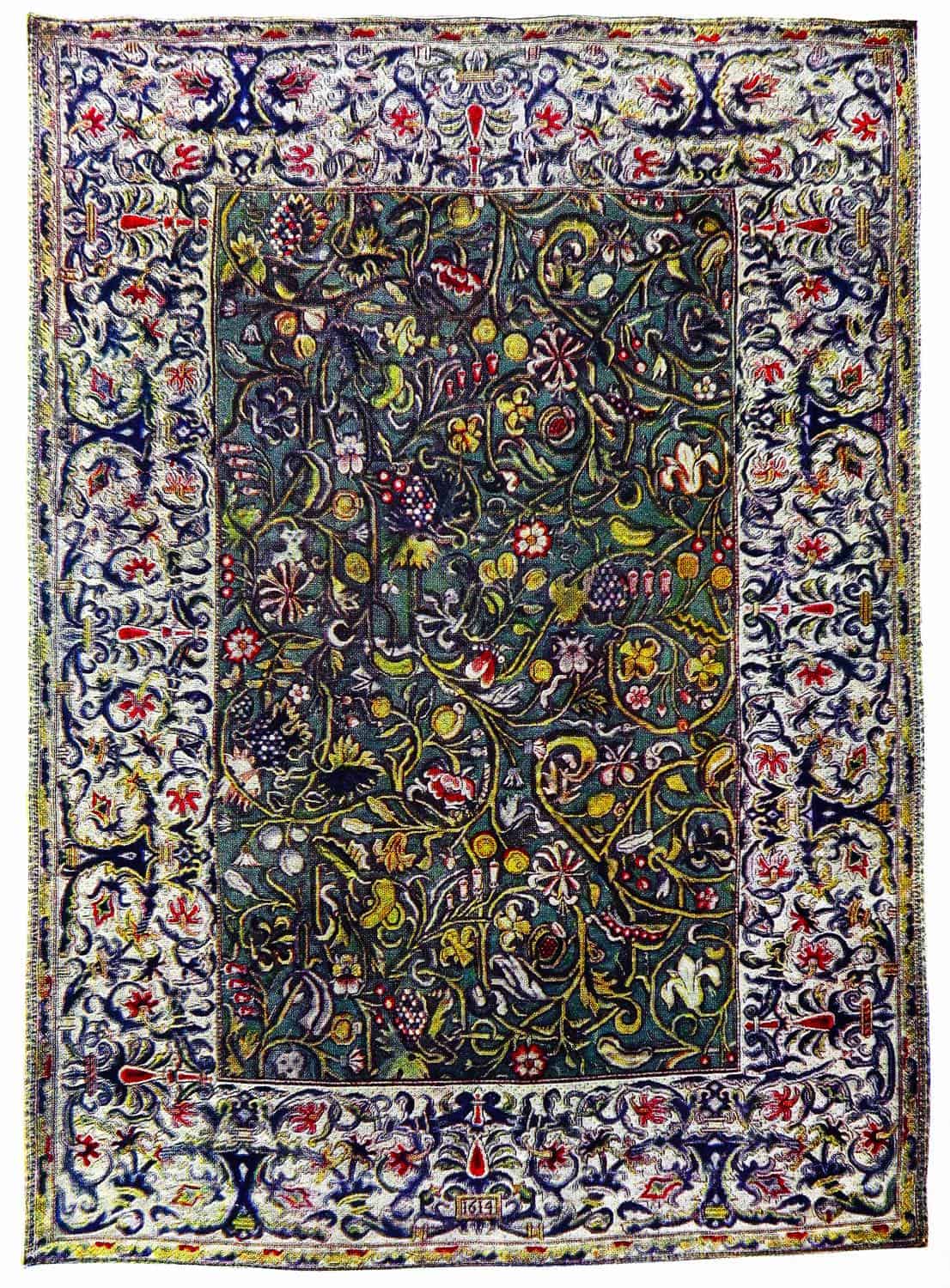
English carpet, dated 1614.
11 ft. 9 in, x 8 ft.
Warp: Hemp. 14 to 1 inch.
Weft: Hemp. One shoot after each row of knots.
Knots: Wool. Ghiordes, 9 to 1 inch, 60 to the square inch. Colors: Many. Shades of green, yellow, red and blue: purple: white: black.
The carpet is a very fine example of the time of James I. The date 1614 will be found in the border, and the whole design is characteristically English of the period. The carpet is in the possession of Lady Hulse. There is an English carpet of similar design at Knole. A second example at Knole has the arms of the Countess of Dorset, who died in 1645.
English travelers got to Persia early in Elizabeth’s reign, and a little later an effort was made to find a Persian carpet-weaver who might be induced to come to England.
A chapter in Hakluyt’s Voyages is entitled “Certaine directions given … to M. Morgan Hubblethorne, Dier, sent into Persia, 1579.” In this chapter we read as follows: In Persia you shall finde carpets of coarse thrummed wool, the best of the world, and excellently colored: those cities and towns you must repair to, and you must use means to learn all the order of the dyeing of those thrums, which are so dyed as neither rain, wine, nor yet vinegar can stain. … If before you return you could procure a singular good workman in the art of Turkish carpet-making, you should bring the art into this realm, and also thereby increase work to your Company.”
We have no evidence that Hubblethorne secured his Persian workman. Carpet-knotting in the old style went on, however, until the middle of the seventeenth century. By that time the country was richer, and the trade of the East India Company having developed, there was no real difficulty about getting carpets from India and Persia, though it was a costly business.
The quantity of carpets of this Indo-Persian class still to be seen in old English houses bears witness to the extent of this commerce, and, incidentally, to the national wealth in the latter half of the seventeenth century. As a consequence, the industry at home seems practically to have died out and when, as we shall see in a moment, it was revived in the middle of the eighteenth century, it was regarded as a new industry.
Meanwhile, experiments in carpet-knotting “after the manner of Turkey and the Levant” had been made in France, as already related.
Two craftsmen in the Savonnerie at Chaillot, having some difference with the administration, removed to London in 1750, and began making a carpet in a room at Westminster. They had raised some money by subscription, but they soon got into difficulties. In the end they applied to a fellow-countryman in London, Pierre Parisot, a tapestry-weaver. Parisot succeeded in interesting the Duke of Cumberland, and engaged the men in 1751. The factory was removed to Paddington, and the first carpet made was presented by the Duke to the Princess of Wales. After two years the works were removed to Parisot’s tapestry-factory at Fulham. Great expectations were raised by the undertaking, but its career was short. The entire works of the Fulham factory were sold by auction in London in 1755.
It is the usual story of such enterprises in England. The work was costly, and there was only a limited demand. Perhaps had the factory been able to pull through the first few years of effort and financial straits, its career might have been assured; but even that is doubtful.
The models and appliances thus fell into other hands, and so the failure of Parisot’s venture must have helped towards the success which attended other efforts made about that time.
Source: Hand-woven carpets, oriental & European by Albert Frank Kendrick (1872-1954); Creassey Edward Cecil Tattersall (1877-1957). New York: C. Scribner’s Sons, 1922.
Continuing

